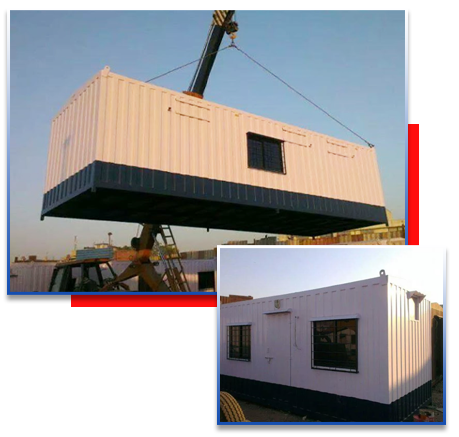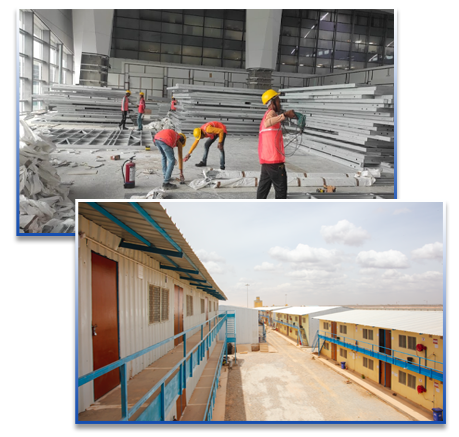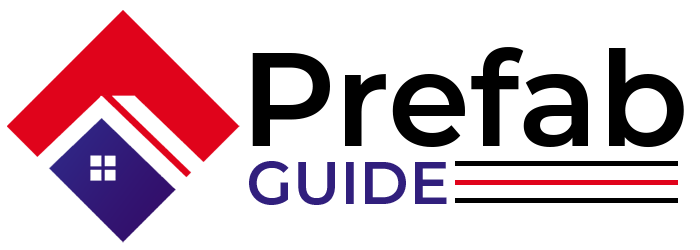About Prefabrication
Definition and Concept of Prefabrication


Historical Background
Advantages and Disadvantages of Prefab Construction
Prefabrication offers several advantages over traditional on-site construction methods. One of the primary benefits is increased efficiency, as off-site manufacturing reduces construction time and labor costs. Quality control is also improved in a factory setting, leading to higher precision and consistency in building components. Additionally, prefabrication can enhance safety on construction sites by minimizing on-site work and exposure to hazards. However, prefab construction also presents some challenges, such as transportation logistics and limited design flexibility compared to traditional construction methods. Understanding the advantages and disadvantages of prefab construction is essential for informed decision-making in construction projects.
Types of Prefabrication
Prefabrication encompasses various methodologies, each offering unique advantages and applications tailored to different project requirements and construction scenarios. Here are three primary types of prefabrication
Modular Construction
Modular construction involves fabricating entire building sections or modules off-site in a factory-controlled environment.
Panelized Construction
Panelized construction involves prefabricating wall, floor, and roof panels off-site in a manufacturing facility.
Pre-engineered Buildings
Pre-engineered buildings (PEBs) are structures where building components are designed and fabricated off-site according to standardized specifications.
